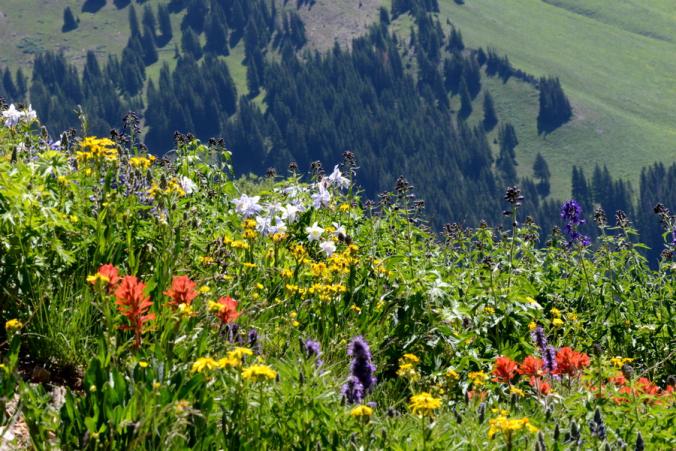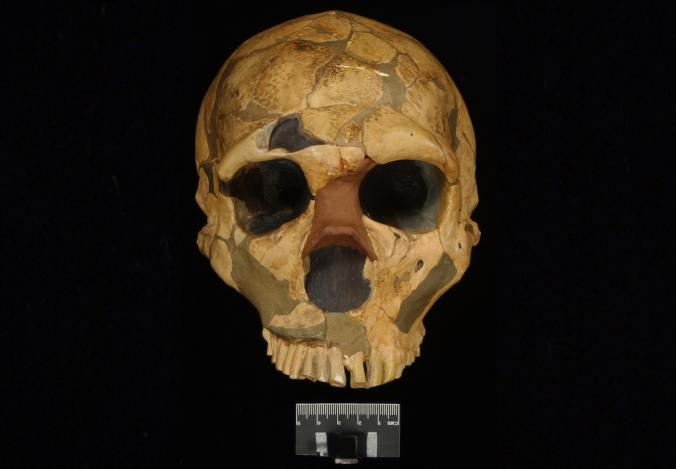
Across much of the Northern Hemisphere, the land is now greening up. The first signs of spring are arriving earlier with each passing decade, thanks to the changes we’ve already made to the world’s climate. But, as I write in my “Matter” column this week in the New York Times, our alteration of the seasons is proving to be more extensive and complex than previously thought. It’s important to figure out how we’re changing the seasons today, because we will likely be wreaking far more dramatic changes in decades to come. Check it out. Continue reading “Stretching the Seasons”

